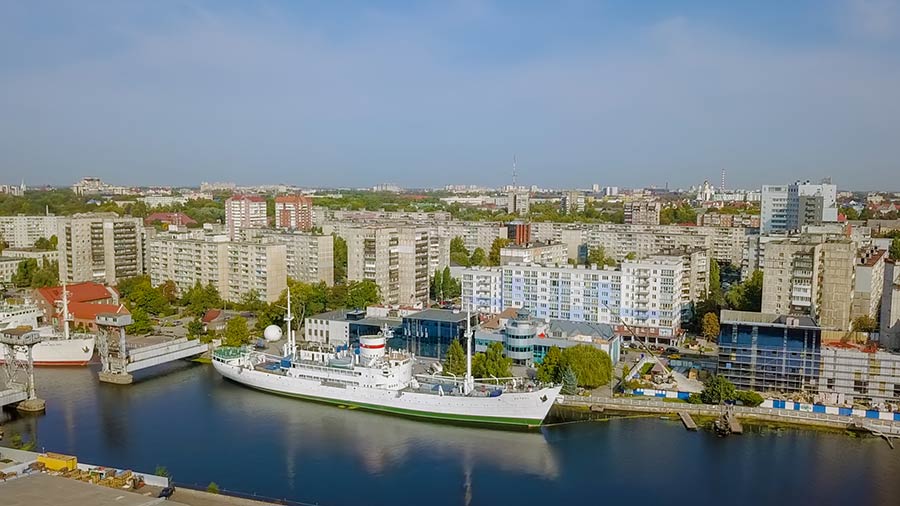Russia’s Kaliningrad Emerges As A Major China-Europe Multi-Modal Sea Port

- Kaliningrad offers multi-modal access to Scandinavia
- Reduces transport time to 15 days from 40-45
- Growing need for faster sourcing responses during Covid
The first block train from China to Norway via Kaliningrad has arrived. Germany’s DB Cargo, with their “Scandinavian Shuttle”, in cooperation with Mann Lines Multimodal have launched the container service from Xian to Oslo via Russia’s Kaliningrad Commercial Sea Port as part of the Belt & Road initiative.
The train arrived at Kaliningrad on December 26, and then headed north to Norway. The transit time from Xian to Oslo took 16 days compared to a standard 40-45 day journey time via the traditional deep sea route. As the cargo on this trip included personal protection equipment, delivery time has been an important factor.
Kaliningrad Commercial Sea Port is becoming an important rail hub along the BRI from China to Europe. Since April this year, more than 90 block trains were handled using the Kaliningrad facility. With the rising popularity of rail transport between China and Europe, alternatives to the traditional route through the Polish-Belarusian border were needed. As of 2020, the route via Kaliningrad has proven most successful in accessing the Nordic countries.

Kaliningrad is a Russian enclave surrounded by the EU on the Baltic Sea. Formerly known as Konigsberg, it was the capital of Prussia and then Germany’s largest Eastern City until WWII when the Soviet Army took the region. It has remained in Russian hands ever since.
From Kaliningrad, multiple options have emerged for further transportation. The territory is an efficient link in the multimodal network between Europe, CIS countries and China. Wolfgang Rupf, Managing Director of RTSB Schweiz says “The Baltic ports as well as the Kaliningrad region offer an existing, stable network with reliable schedules already proven to be effective. Freight is taken directly to the ports, then going right on feeder ships to destinations in Scandinavia, Benelux or Great Britain. By using those multimodal connections, we are able to absorb additional volumes between China and Europe, releasing the tension on the border between Brest and Malaszewicze. By channeling more containers through the Baltic ports, the operational costs including transloading can be reduced due to economies of scale, making this route competitive. These advantages of the multimodal offer result in increasing interest.”
Since the launch of the rail freight route to Kaliningrad, several other connections have been formed, including Chengdu-Rotterdam, with sea shipments from Kaliningrad to the Dutch harbour, and Kaliningrad-Rostock-Verona, with a sea leg between the Baltic ports. But the route through the enclave also proves efficient for rail-only transportation. This became evident with the launch of the Xi’an-Neuss Express, the fastest rail link between China and Germany so far. Thanks to a detour through Poland, the transit time of this journey is fourteen days.
“The Baltic sea ports are an interesting alternative gateway to German, Dutch and British ports, but also to the Nordic countries”, says Rupf. “Trade between the Nordic countries and China is growing, especially now that Russia lifted the ban on transiting food products. The Baltic ports as well as Kaliningrad offer a fast multimodal connection to block trains to China as a faster alternative to the sea link along the Polar Silk Road for transporting those perishable goods.”
Related Reading
- Russia Considers Connecting Rail Through Baltics & Kaliningrad To Berlin
- Finland and Baltics Gear Up Rail and Arctic Infrastructure Projects to Connect With China, Russia, and EU OBOR Trade
About Us
Silk Road Briefing is written by Dezan Shira & Associates. The firm has 28 offices throughout Asia, and assists foreign investors into the region. For strategic advisory and business intelligence issues please contact the firm at silkroad@dezshira.com or visit www.dezshira.com





